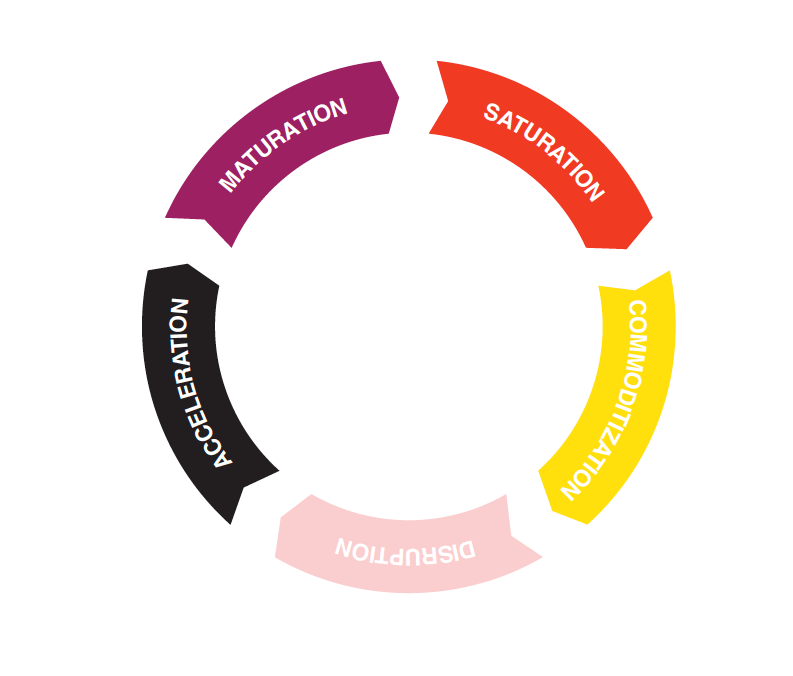Insights
The Uncanny Company
By Jonathan David Lewis
Are you one of the millions of people who are creeped out by watching a Boston Dynamics robot viral video? The prolific company founded as a spin-off of MIT is internet-famous for releasing videos showing robots doing back flips and running up staircases. Judging from the sentiments online, reactions range from the general heebie-jeebies to fears of the apocalypse.
It turns out we actually have a name for that feeling. It’s called the Uncanny Valley. According to Daniel Culpan at Wired, the Uncanny Valley is a theory proposed by Japanese roboticist Masahiro Mori where, “…a robot is made to appear so human-like — if not quite human enough — that it inspires feelings of uneasiness and revulsion in we mere mortals. In other words, humanoid robots really give us the creeps.”
The Uncanny Valley has captured our collective imagination enough to spawn an entire subculture in the sci-fi genre. And it just so happens that we may have identified a similar phenomenon in our two decades of research into the factors that affect growth in companies.
It’s called the Uncanny Company. According to our research, all companies travel through the Disruption Cycle, a rhythm of momentum and inertia that sees organizations begin in the Acceleration phase then travel through Maturation, Saturation, Commoditization, and finally Disruption.

As these companies move around the cycle their growth slows and they increasingly struggle with the core four growth factors: alignment, focus, nerve, and consistency.
But something strange occurs just before an organization tips from the Maturation phase, where it is on top of its game, to Saturation, where its growth slows. There seems to be a moment where the organization enjoys historic success while simultaneously teetering on the edge of failure.
Many have observed this eerie moment as the Uncanny Company sees incredible revenue or profit but employees and management feel a strange unease about the health of their company.
Alan Wurtzel, the former CEO of the now defunct Circuit City, reflected on the moment when the big box pioneer became “uncanny.” According to a write up in the Wall Street Journal, Circuit City recorded its best sales on record in the year 2000. But by 2008, the retail giant was out of business.
According to Wurtzel, Circuit City became an Uncanny Company in 2000, reflecting “It wasn’t obvious in sales and earnings, but the rot had set in…” Revenue and profit looked great, but management was a mess.
Wurtzel explained that as the company entered the new century seemingly on top of its game, management downplayed the innovations of up-and-coming competitors like Costco and Best Buy, became distracted by other investments, then made the mortal error of instituting a stock buy-back program prior to the Great Recession. Circuit City went from wild success to out of business in just a few uncanny years.
Similarly, LEGO celebrated its largest sales in its nearly 90-year history in 2016. The next year sales dropped 8% and the company was forced to lay off 1,400 employees.
And the jury’s still out on the announcements from Apple’s recent showcase event. After enjoying historic profit from its core iPhone business, the market quickly saturated, forcing Apple to scramble towards new product offerings in news, gaming, and entertainment to offset declines in hardware sales.
What is this Uncanny Company? Why are organizations often at the top of their game moments before they fall apart? And why do company leaders often feel that something is wrong, yet seem unable to do anything about it?
Perhaps, like watching Boston Dynamic’s latest robot abomination, if you’re feeling a little creeped out about your organization’s health, you’re not as crazy as you think.
To find out if you have an Uncanny Company, take our 60-second self-diagnosis survey. You can’t say we didn’t warn you.

Jonathan David Lewis
President and author, Jonathan specializes in the spirit of the matter. Call Jonathan when problems feel ambiguous and morale is low. He’ll know what to do.
Sign Up for Growth Insights
"*" indicates required fields
Contact
"*" indicates required fields